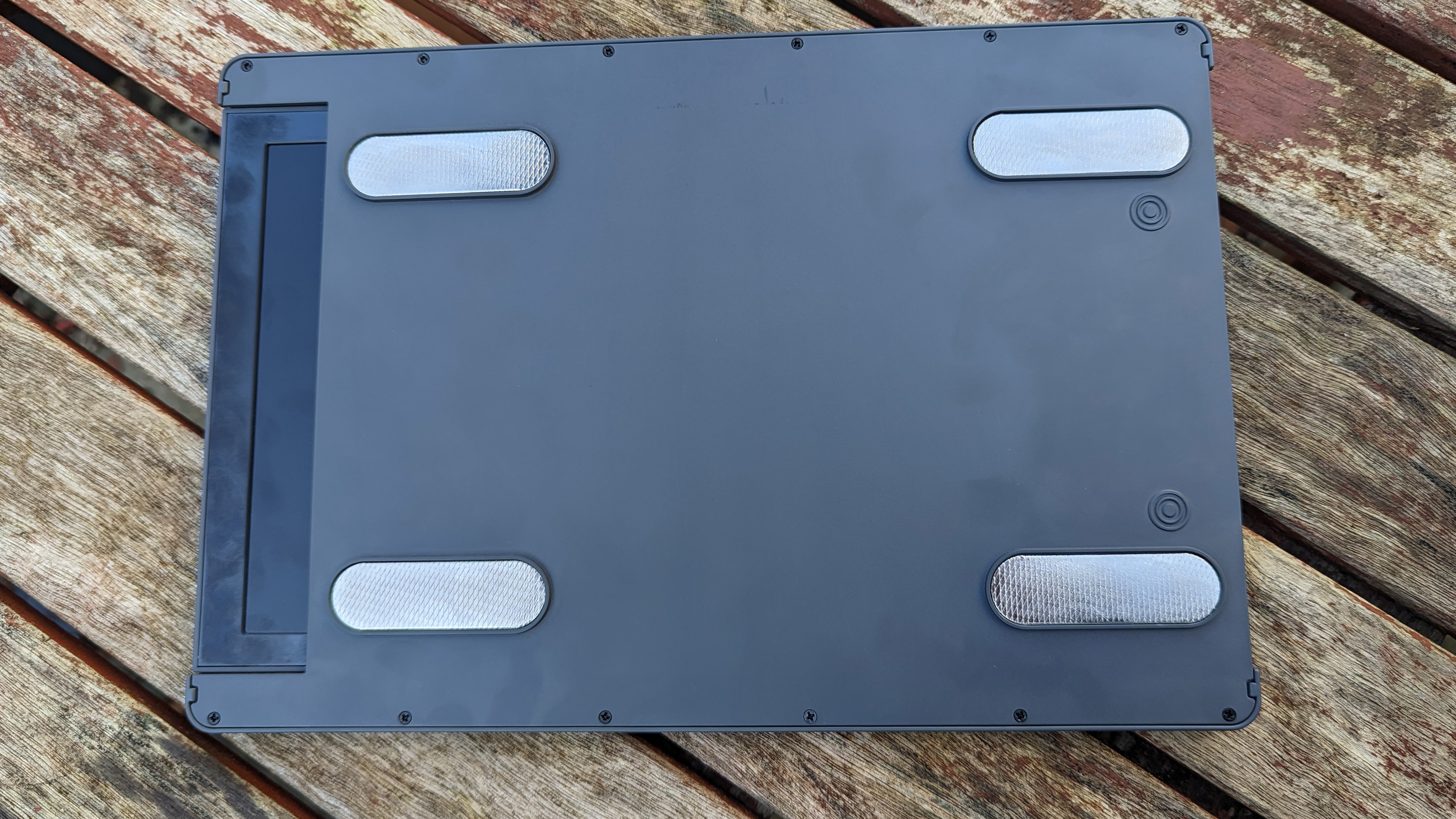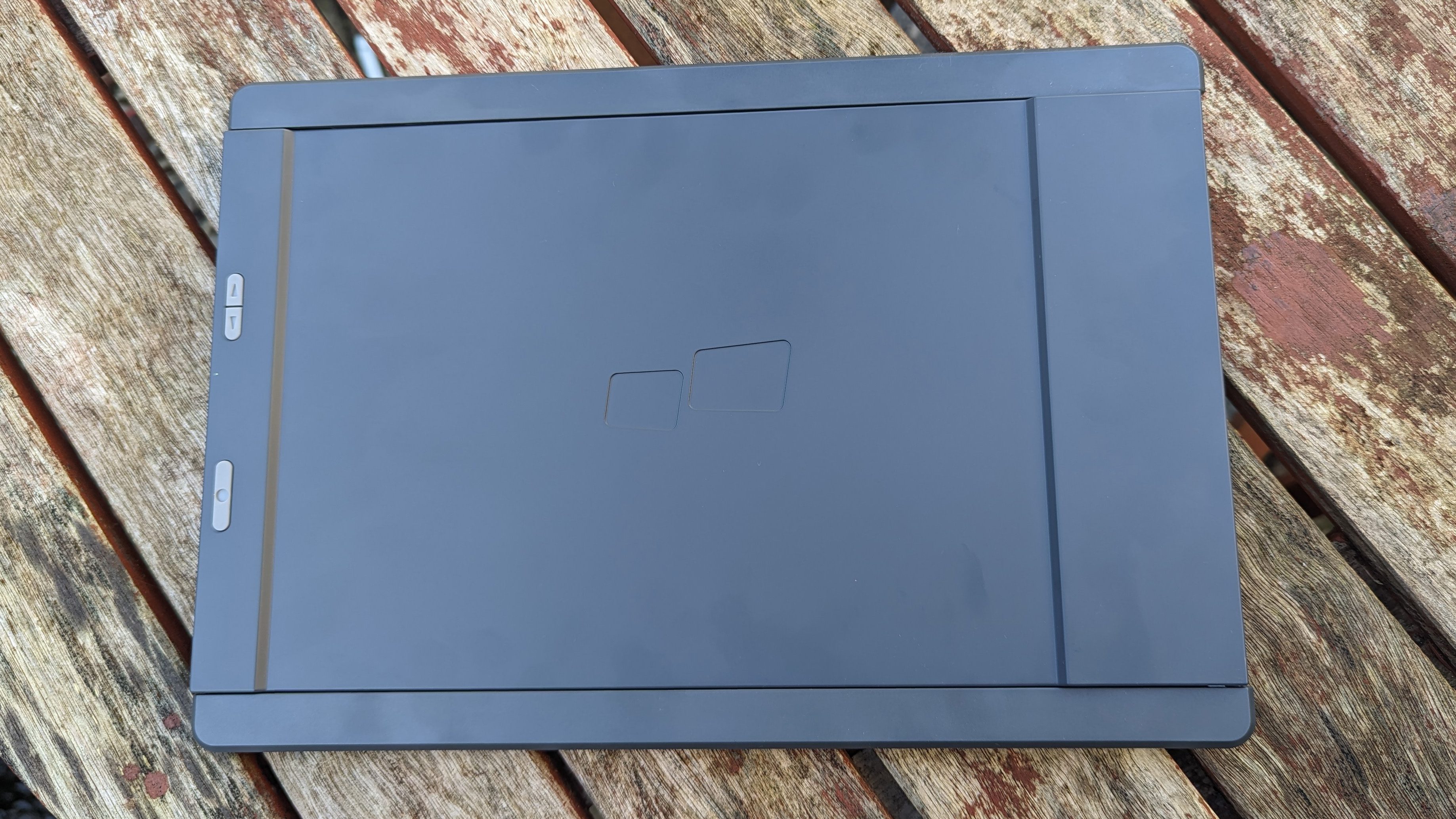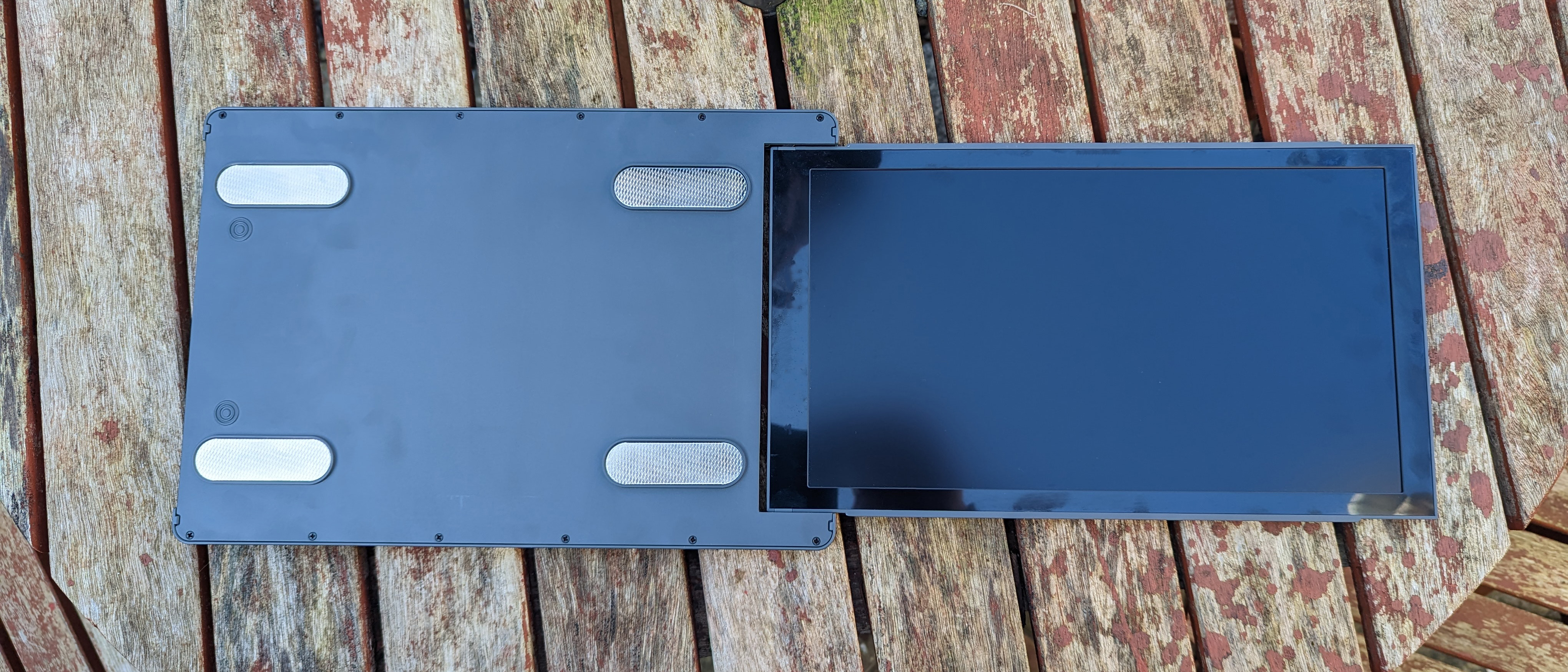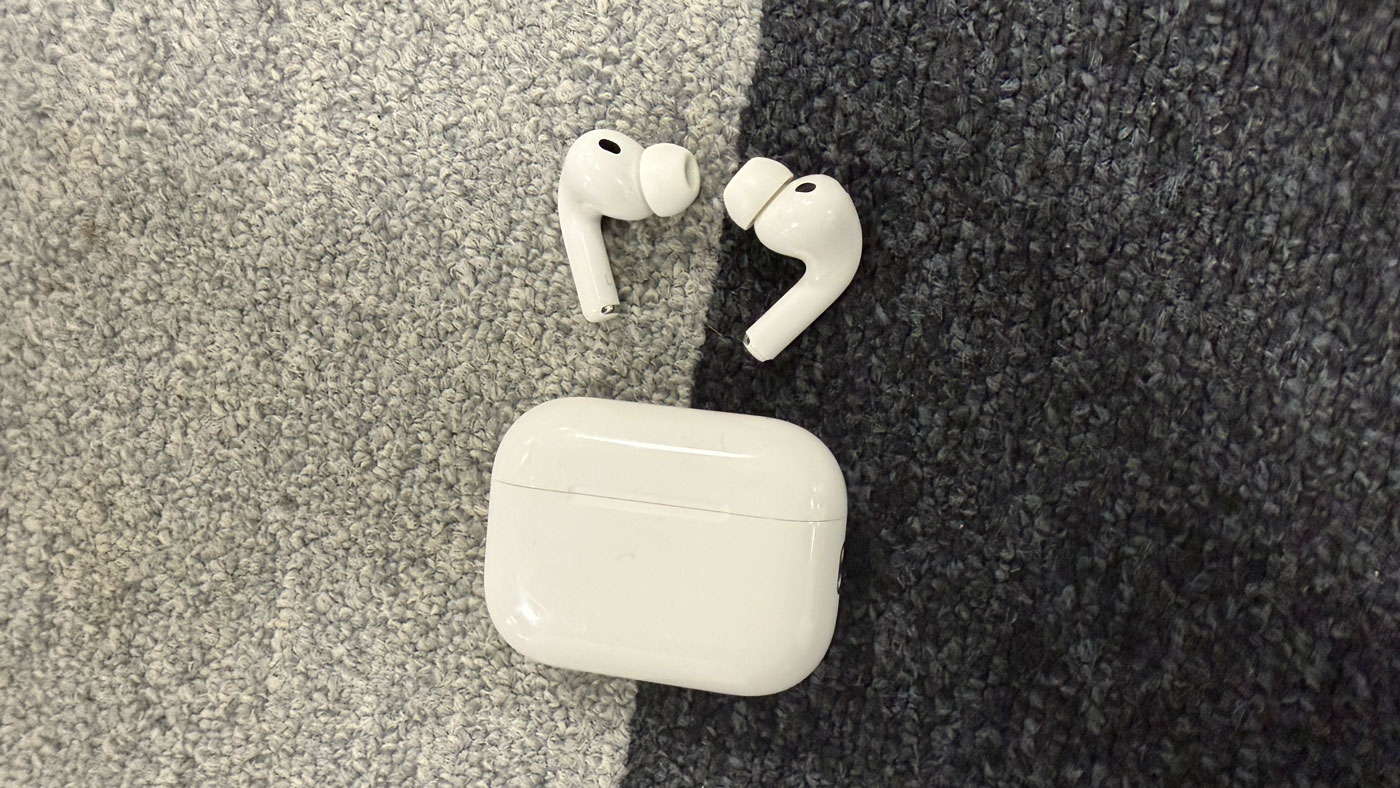Our Verdict
As a travel-friendly way of adding a second screen to a tablet, the Mobile Pixels Dues Lite is a clever solution. The way it clips on to the back of a laptop screen and folds round means it keeps out of the way when not needed, and adds hardly any weight to the computer. However, it’s a bit flimsy, lacks brightness, and its colour response is poor. Fine for spreadsheets, not so much for image editing.
For
- Small and light
- Clever hinged design
- HDMI and USB-C
Against
- Flimsy
- Bit dim
- No auto-rotate
Why you can trust Creative Bloq
At first thought, I felt like the Mobile Pixels Duex Lite is filling a gap that doesn't exist. But I was wrong. Thing is being able to connect your laptop to an external monitor is a remarkably useful thing, the extra real estate afforded by the additional screen is useful for spreading your windows out, or examining images on a larger canvas. You use the same connection to hook your laptop up to a projector or TV for presentations or to mirror what’s happening on the main screen to show a class of students, for example.
The thing about external monitors is that you can’t take them with you unless you’re planning to put the power socket on the train to an unconventional use that the ticket inspector may not approve of. A subclass of small, portable monitors has therefore filled this niche – powered by a single cable and using a tablet-like stand, they allow a second screen to be slipped into a laptop bag and taken on the road.

Duex Lite laptop monitor review: design and build
The Duex Lite fits into this subclass, being particularly thin and light (around 600g) but not touch-sensitive, with a 12.5-inch diagonal, 1080p resolution, 60Hz refresh rate, and 300 nits of brightness. That puts it in the same ballpark as many low-end laptop displays.
The Duex Lite’s clever quirk comes in the way it’s supported. Not for this screen the tablet-like folding case, you’ll have to pop it on a stand if you want it to stand separately. However, it comes with four sticky pads and some magnets, so you can attach it to the back of your laptop screen.
What use is a screen facing away from you? Well, there's one, and it involves mirroring your output so someone facing you can see. That’s not a particularly widespread use case, however, so luckily there are some sliding hinges at work that allow the screen to be pulled out so it sits alongside your main laptop screen like a sort of one-winged aeroplane. If you don’t want to do this, you can put it in a phone stand next to your computer.
The casing is entirely plastic, which shaves weight off the device, but it does leave it feeling a little flimsy. For something that’s going to be kept in a nice padded bag and stuck to the back of a laptop screen, this may not be a problem, but we’d have felt better if the frame was stiffer. When folded shut, the screen is well protected. It’s also available in six different colours, to blend in better with your laptop.

Performance
I tried it with a 16-inch laptop and a 12.9-inch iPad Pro, and found it generally worked well. The edge of the screen sports a USB-C port that can be used for both video and power, if your device supports that kind of output, and a mini-HDMI port for video if it doesn’t. You’ll still need to use the USB-C for power if connecting to the HDMI, so you’ll end up with two cables sticking out. Cables for both come in the box.
Daily design news, reviews, how-tos and more, as picked by the editors.
The Duex Lite is part of a range of products and sits at the bottom of the hierarchy. This means it’s missing one important feature – auto rotation. It’s dependent on your laptop to tell it which way up to display the picture, something that’s easy enough to do in Windows or MacOS. And perhaps this makes sense, after all, it’s a monitor, not a tablet, but it is featured on the products higher up the range.
On an iPad, however, you’re unable to rotate the output, so may have to be creative with where you put the screen in relation to your tablet. Apple’s new Stage Manager system picks up the screen right away and extends the view onto it. You’ll need to use a mouse and keyboard with your iPad, as the Duex Lite isn’t touch-sensitive.
Its picture looks dim and washed out, meaning you’ll want to keep it for your email client or a web page rather than trying to use it for work involving images or videos.
Should I buy the Duex Lite laptop monitor?
If you can put up with its shortcomings, sure. The fact it’s so small and light goes a long way, and if you need a screen you can carry with you and quickly set up on a hotel room desk, the Duex Lite is a contender.
out of 10
As a travel-friendly way of adding a second screen to a tablet, the Mobile Pixels Dues Lite is a clever solution. The way it clips on to the back of a laptop screen and folds round means it keeps out of the way when not needed, and adds hardly any weight to the computer. However, it’s a bit flimsy, lacks brightness, and its colour response is poor. Fine for spreadsheets, not so much for image editing.

Ian Evenden has been a journalist for over 20 years, starting in the days of QuarkXpress 4 and Photoshop 5. He now mainly works in Creative Cloud and Google Docs, but can always find a use for a powerful laptop or two. When not sweating over page layout or photo editing, you can find him peering at the stars or growing vegetables.

